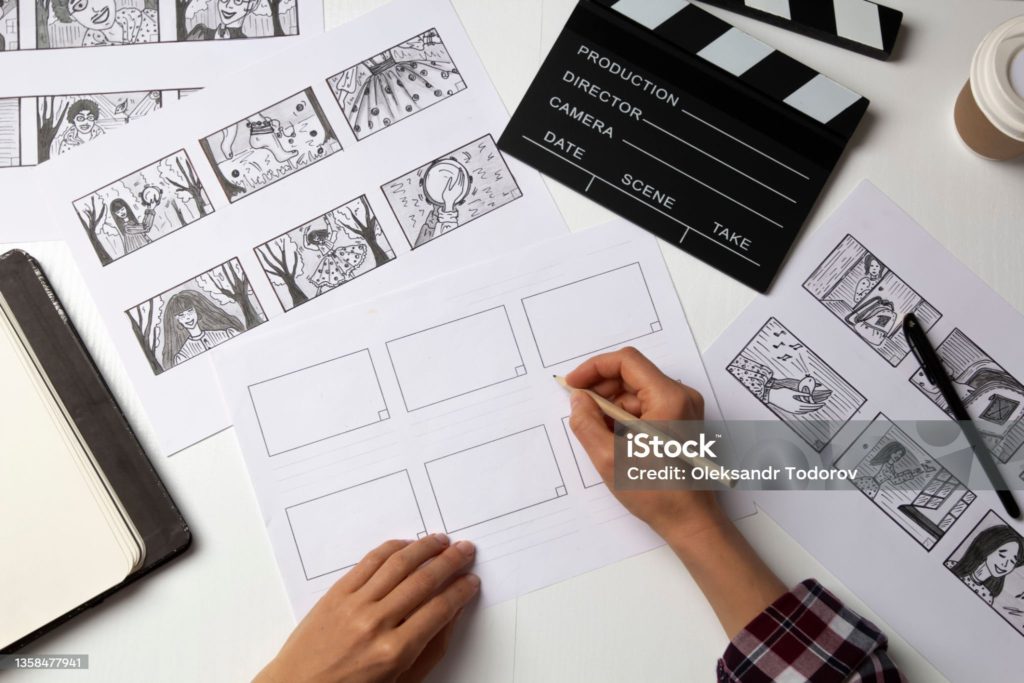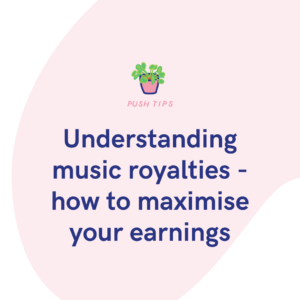A storyboard artist is one of the first creators to be involved within the creation of a film or TV show. They create mood and emotion that can then be passed onto directors and other important members of the team.

Have you ever watched a film or a TV show and wondered how filmmakers bring their vision to life? Behind every scene you see on screen lies a crucial step in the creative process: storyboarding. It’s a creative outlet. One that’s filled with skill and talent. However, it’s also one that a lot of people don’t consider. They see the film, and not what went into making it.
What is a storyboard artist?
A storyboard artist is like a visual storyteller who helps filmmakers, animators, and directors map out their ideas before they’re brought to life on screen. They’re the architects of visual sequences, creating a blueprint that guides the entire production process. Without them, we wouldn’t have films or TV shows. They are one of the first involved.
The role of a storyboard artist
From the very start they have a huge involvement. Many don’t realise just how much they do. They bring ideas and visions to life in a creative way that allows other individuals to pick it up and continue the process. From a simple script, to something that can be visualised by more than just the writer. They are able to capture emotion and feeling.
Visualising the script
When a script is written, it’s the storyboard artist’s job to translate those words into visuals. They sketch out each scene. Depicting the action, composition, and camera angles. They allow others to see the script come to life. Others are then able to visualise what the writer had envisioned. They add their own creative flare and give the characters an image.
Creating story sequences
Storyboard artists break down the script into individual shots or frames. Arranging them in sequence to tell a cohesive story. Each frame represents a moment in time. Helping to visualise the pacing and flow of the narrative. They break down each section into manageable pieces so that nothing is left out or overlooked.
Setting the tone and mood
Through their drawings, storyboard artists establish the tone and mood of a scene. Whether it’s suspenseful, comedic, or heart-warming, they use composition, lighting, and colour to evoke the desired emotions. Mirroring that emotion and feeling onto others through image. It allows directors and designers to get involved and know what they’re looking for.
Collaborating with directors and designers
Storyboard artists work closely with directors, cinematographers, and production designers to ensure that everyone is on the same page creatively. They take feedback and make revisions as needed to refine the vision for the project. It allows storyboard artists to then go away and make any amendments needed to create the perfect storyboard.
Guiding the filmmaking process
Once the storyboard is finalised, it serves as a guide for the entire production team. From camera operators to visual effects artists. Everyone refers to the storyboard to understand how each scene should be shot and edited. It really is a story book. Telling everyone how each chapter should unfold, where things should be placed and more.
Problem-solving
Storyboard artists are also problem-solvers. They anticipate potential challenges or limitations in the filming process and find creative solutions to overcome them. Whether it’s a complex action sequence or a challenging camera angle, they find ways to make it work visually. They’re able to take on twists and turns and mould it into what it should be.
Why storyboarding matters
Storyboarding is an essential step in the filmmaking process for several reasons:
- Clarity and communication: Storyboards provide a visual reference that helps everyone involved in the production understand the director’s vision.
- Efficiency: By planning out shots in advance, filmmakers can streamline the production process, saving time and resources.
- Creativity: Storyboarding allows for experimentation and exploration of different visual ideas, enhancing the overall creative quality of the project.
In conclusion, storyboard artists play a vital role in bringing stories to life on screen. Through their sketches and drawings, they lay the groundwork for filmmakers to transform their ideas into unforgettable cinematic experiences. So, the next time you watch your favourite film, take a moment to appreciate the artistry of the storyboard artist behind the scenes.






